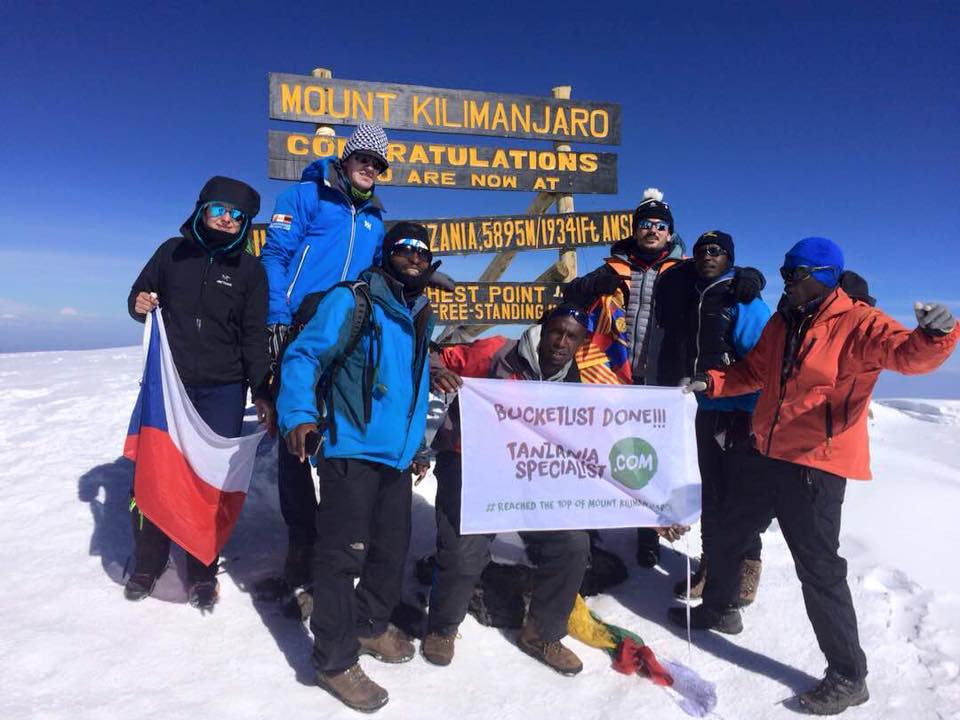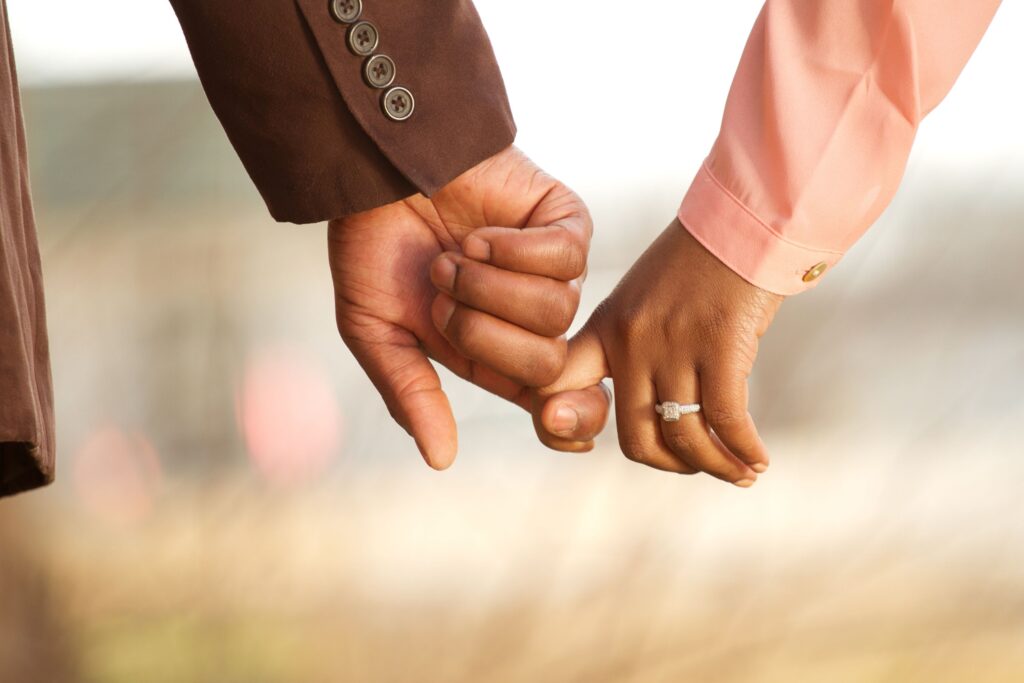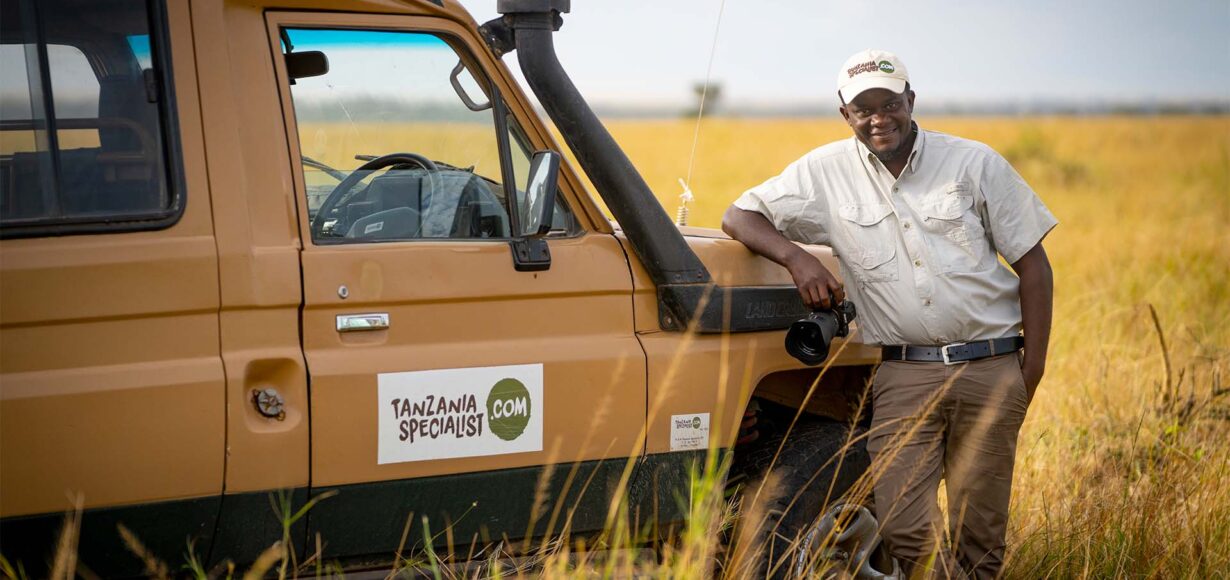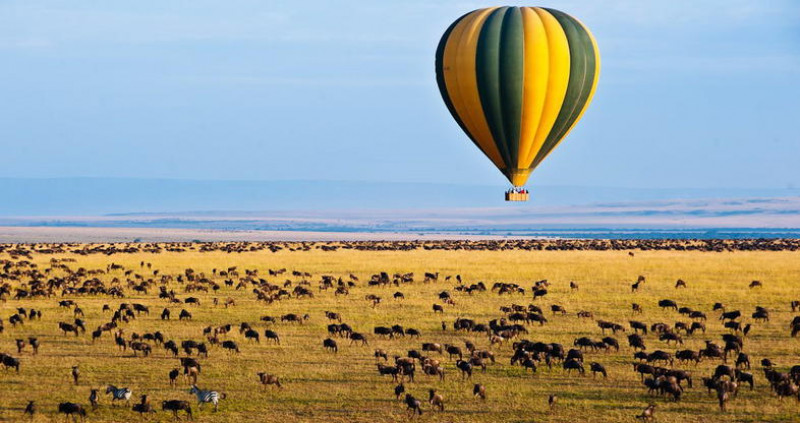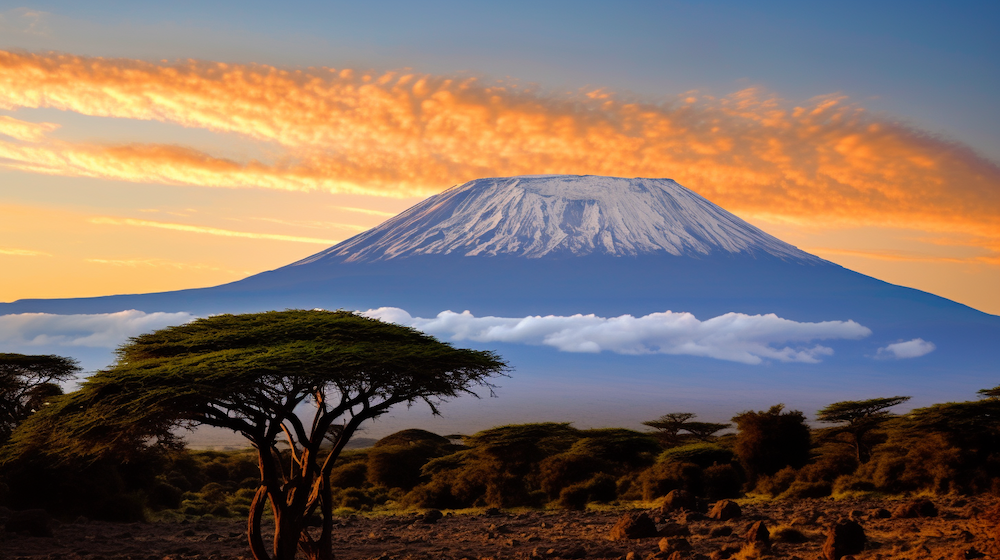
7 October 2022
As we reported last week, recently there has been an increase in sightings of albino animals in Tanzania. Joseph Abel Laizer works as a Tanzania Specialist safari guide in Arusha and tells how several albino animals were spotted in the past few weeks last month. “A few days ago a colleague saw an albino giraffe in Serengeti, and others saw an albino zebra in northern Serengeti two weeks ago. Then last week I saw an albino baboon with her non-albino baby in Arusha National Park, and not too long ago people saw a very white buffalo in Tarangire.”

Here we catch up with Laizer to hear more about his life as a Tanzania Specialist safari guide, as well as learn more about the recent albino animal sightings in Tanzania.
Meet the safari guide: Laizer
Laizer was born and bred in the Arusha region of Tanzania, as he is a member of the Maasai tribe. He grew up in a village called Monduli, close to national parks such as Lake Manyara and Tarangire. He is a proud member of the tribe. Explaining the meaning of his name, he says: “Laizer is the big cup we use for drinking blood or soup. Having this name means we are a giving people – the ones who give the soup or the blood.”

Tell us about yourself and your journey to becoming a Tanzania Specialist guide?
My Christian name is Joseph, but my tribal name is Loti. This is what they call me in the village. In the rest of the world, people call me by my family name Laizer, which is the name I’m proud of and prefer.
When it comes to my job, I started working as a guide 15 years ago, and I started working with Tanzania Specialist three years ago. I’m currently with guests in the Serengeti National Park. I love to focus on animal behaviour and psychology when taking clients on safari. I look at their body language and can tell what sort of mood they are in. Are they happy to see us, are they ok with us approaching, or is it better we don’t come closer?
Can you tell us more about the albino animals you have seen?
I’ve worked as a guide for many years, but we only started seeing albino animals some seven years ago. I saw an albino crocodile in Lake Victoria seven years ago, a baby elephant, giraffe, buffalo, and eland in Tarangire National Park on different occasions, and up to three albino baboons together in Arusha National Park recently.
The most special one was the buffalo, which I never expected to see as an albino. I saw one in Tarangire and one in the Ngorongoro Crater, even though I think that the last one might have been just old! Real albinos have not just white fur, but many times also white or red eyes and white skin. The one in Tarangire really has a totally different appearance, while the one in Ngorongoro was more greyish white like old animals or people get. The baby elephant was also special, but unfortunately recently it has not been seen again.

What sort of challenges do albino animals encounter in the wild?
As with albino people, albino animals are sensitive to the sun. So, for example, the baby elephant might have had a problem with the sun since they have no fur. Usually, albino animals don’t get very old. Either because of this sensitivity, but also because they cannot hide properly from predators. With their white fur and skin, they will always stick out in the herd or bush.
Why do you think more albino animals are visible these days?
Of course, there is more tourism, there are more guides and visitors, and the news of albino animal sightings gets spread more easily and garners more general interest. So firstly, I think sightings have increased in the first place. But another reason for the apparent increase in albino animals in Tanzania is that the migration corridors for the animals have been closed up slowly in recent years.
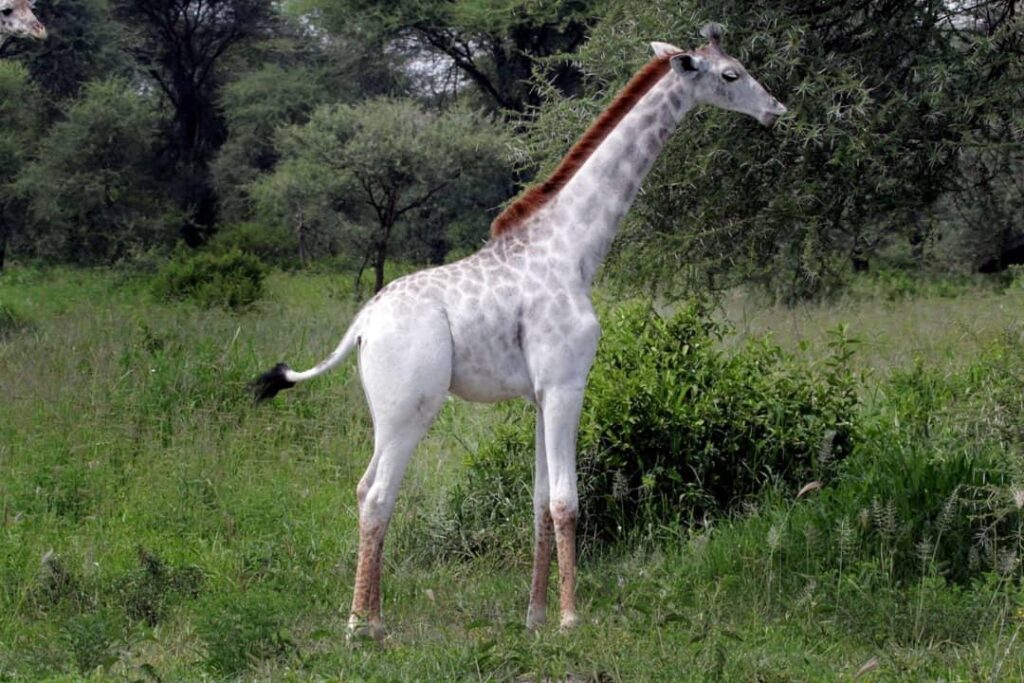
There is a corridor that goes from Tarangire and Lake Manyara to Monduli, Longido, and Arusha National Park and from there to Kenya. These days, parts of that corridor are blocked by villages, so animals get stuck in one area. This leads to inbreeding, and because albinism is genetic, this most likely will cause an increase in albinism we see in the animals. But I estimate it’s still only 1 % of the animals that are albino, and because they are always moving within the parks, there is only a small chance to spot them.
Seeing an albino animal in the wild is an amazing experience for those visiting Tanzania. What advice do you have for spotting them?
Honestly, if our guests come to see an albino animal, I can certainly make no promises! They are still very rare, and it’s almost impossible to know where they are. I would say you have a chance of 0,005% to spot one. For example, in Arusha National Park, there are three or four albino baboons. They have been seen at the lake zones and in the forest, but there are twenty to forty kilometres of land between those two areas.
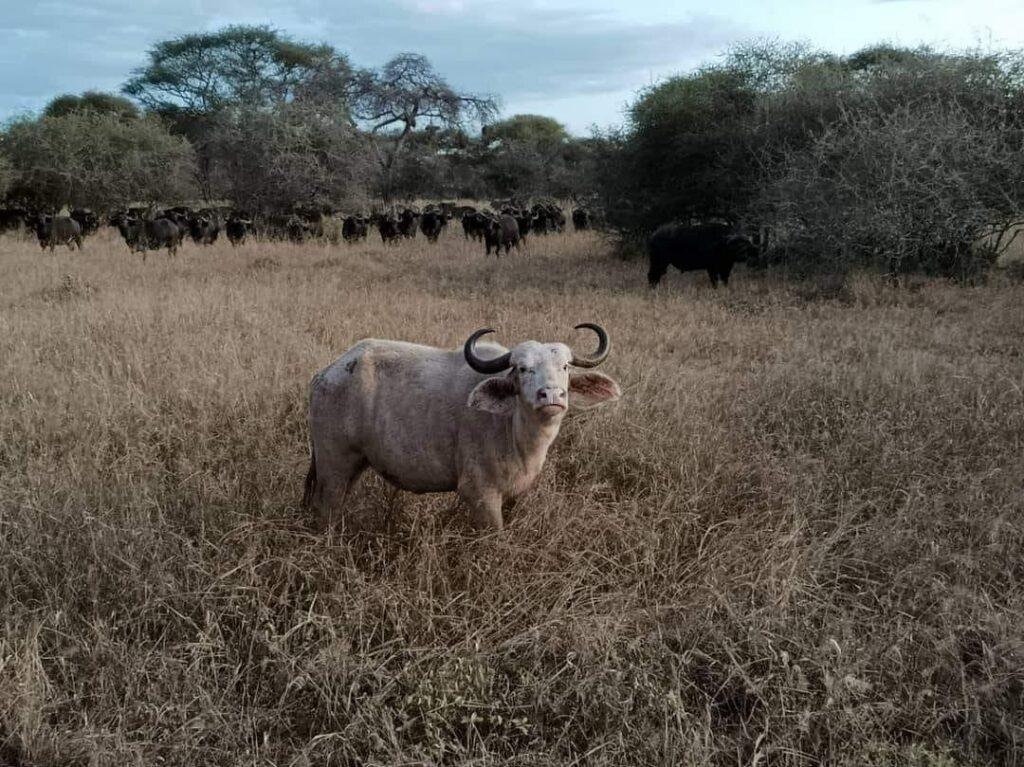
That being said, recent sightings prove that some albino animals are around at the moment. The baboons in Arusha National Park are there, and the zebra in the Great Migration. People spotted it recently when it had already crossed the river. Then five days ago a colleague saw an albino giraffe in the Serengeti so that one is also around. And the buffalo in Tarangire has been seen again recently, so people might just get lucky!
Ready to start your own safari adventure with an experienced safari guide at Tanzania Specialist? Get in touch with our team and start planning your dream Tanzania safari experience now.


